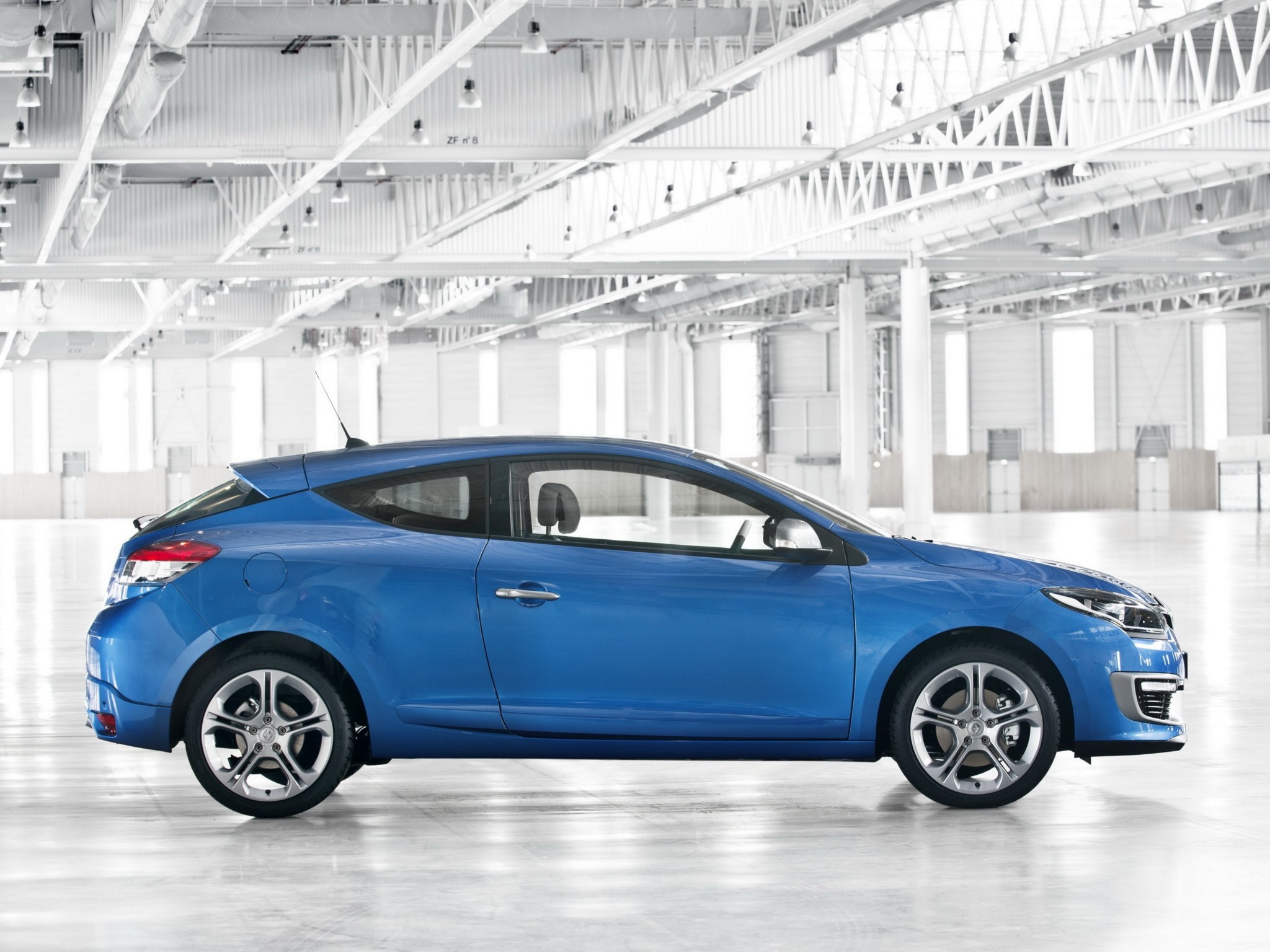

The facelifted model introduced new safety features and minor exterior changes such as new tapered headlights, a revised front grille and bumpers along with translucent taillights. The Mégane RS received a facelift in July 2006. The handling improvements featured on the Cup were made to the standard Mégane, beginning in late 2005. The car is 10 kg (22 lb) lighter than the 225 Sport Hatch and has a gross weight of 1,790 kg (3,946 lb).

Other features include carbon grey interior upholstery with silver stitching.
MEGANE CAR PLUS
Introduced in 2005, the Megane Renault Sport 225 Cup includes the Cup Chassis option, which adds drilled brake discs, red front and rear brake calipers and increased brake master cylinder diameter, different 18-inch wheels plus revised stiffened steering.
MEGANE CAR FREE
The Lux models feature metallic paint, hands free Renault card, electronic folding mirrors, tyre pressure monitor, electronic front and rear windows, climate control, leather upholstery, 4x15W RDS radio with CD-MP3 player and 6 speakers, front carpet mats, electronic rear view mirror, rear spoiler (petrol engine models only) and 18-inch alloy wheels over the base model. Other features include automatic double optic headlights, 18-inch alloy wheels, air conditioning, ABS with EBD and electronic stability control. The Mégane RS is equipped with leather/cloth seats, seat belts with red stitching, 18-inch alloy wheels, dual sunroof, eight airbags and xenon headlights with headlight washers and Brembo brake discs. It can be disabled or recalled with a button-press, and is set in the same way as the cruise control. The Mégane Renault Sport has a speed-limiter, which prevents the car from passing a user-determined speed. In a 2004 road test by Mexican car magazine Automóvil Panamericano, the engine developed a peak output of 247 hp (184 kW 250 PS). Renault's claimed combined economy is 8.8 L/100 km (32 mpg ‑imp 27 mpg ‑US). A twin-scroll turbocharger minimizes turbo lag, especially when throttle is applied at over 2,000 rpm. Ninety percent of the engine's torque is available from 2,000 rpm until redline. The RS uses a turbocharged 2.0-litre petrol engine that produces 225 PS (165 kW 222 bhp), allowing the car to achieve 0–100 km/h in 6.5 seconds (0–60 mph in 6.5 seconds), with a top speed of about 240 km/h (149 mph). The Mégane Renault Sport 225 uses double-axis strut suspension with independent steering axis at the front and an electric power steering. The Mégane II RS was available in three-door and five-door hatchback versions, both with the same engine and was built at Renault's Dieppe factory by using body shells made in Palencia, Spain. The first generation Mégane RS was introduced in September 2004 and is based on the Renault Mégane II small family car.


 0 kommentar(er)
0 kommentar(er)
